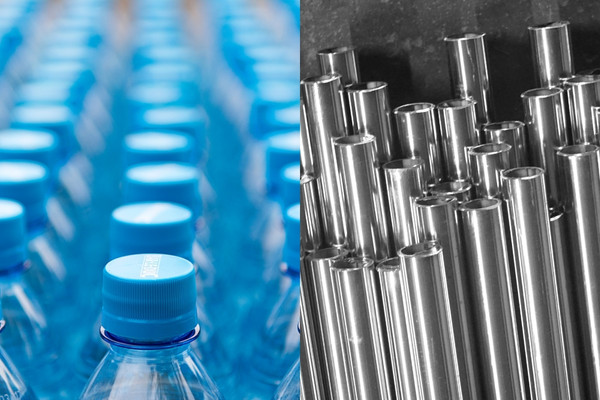In order to decide which amalgam separator is best for your dental practice it is important to be well-informed. Choosing an amalgam separator without taking all the factors into consideration can be a costly choice. This blog will go through all the must-knows for purchasing the right amalgam separator for your dental clinic.
Different Types Of Amalgam Separators
Amalgam separators are essential components of any dental practice, and they come in a variety of forms. The most common amalgam separator materials are stainless steel and plastic. These materials provide the amalgam separator with strength and durability. Amalgam separators typically have different capacities depending on the amalgam separator model because each model is designed for a dental practice with a specific number of chairs, dental hygienists, and if air abrasion is used.

Air Abrasion And Amalgam Separators
What is air abrasion?
Air abrasion is a process that uses compressed air to blast away decay and prepare the tooth surface for restorations. This technique can reduce amalgam waste, which means fewer amalgam particles are discharged from dental offices into the environment. Air abrasion also reduces chair time as it eliminates the need for manual drilling, making procedures faster and more efficient. Furthermore, this method produces less noise than traditional drilling techniques.
When choosing an amalgam separator for your dental practice, air abrasion should be taken into consideration because not all separators are compatible. Installing the wrong amalgam separator can lead to unnecessary expenses that could be avoided by choosing the right amalgam separator for your practice. If your dental practice uses air abrasion, verify amalgam separator compatibility.
What Information Should You Have On Hand When Choosing Your Amalgam Separator
When it comes to choosing the right amalgam separator for your dental practice, there are three key pieces of information you should have on hand. First, it is important to know how many chairs you have in your practice. Second, you need to know how many hygienists you have in your practice. Thirdly, you need to know whether or not air abrasion is used. This will help determine the size of the amalgam separator that best fits your needs. You should also consider any local regulations regarding amalgam separators that may be in place. Knowing all this information can help ensure that you choose an amalgam separator that meets your needs and regulatory requirements.

What Is The Best Amalgam Separator For Your Dental Practice Summary
In summary, when purchasing an amalgam separator, it is important to consider several things, including replacement filter cost, dental waste disposal, and compliance. It is also important to consider the size of the amalgam separator and how many chairs it needs to service. The amalgam separator should be able to fit in the space available and handle the amount of amalgam that is being removed. Additionally, there should be research done into the type of amalgam separator needed for each office’s specific needs. A suitable amalgam separator should have a system designed to fully separate amalgam particles from other debris contained in wastewater and any heavy metals should be removed before discharge. Furthermore, consideration should be given to maintenance requirements such as cleaning cycles, filter changes and regular inspections to ensure proper operation and maintain compliance with local regulations. The cost associated with purchasing an amalgam separator must also be considered because there are differences between models and manufacturers which can affect the overall investment budget. Finally, it is important to understand how dental waste will need to be disposed of after amalgamation separation has occurred so appropriate arrangements can be made for disposal without compromising patient safety or legal requirements.
Contact our team at 1 (800) 569-1088 or fill out our contact form if you need any help choosing an amalgam separator, we are always happy to help.
